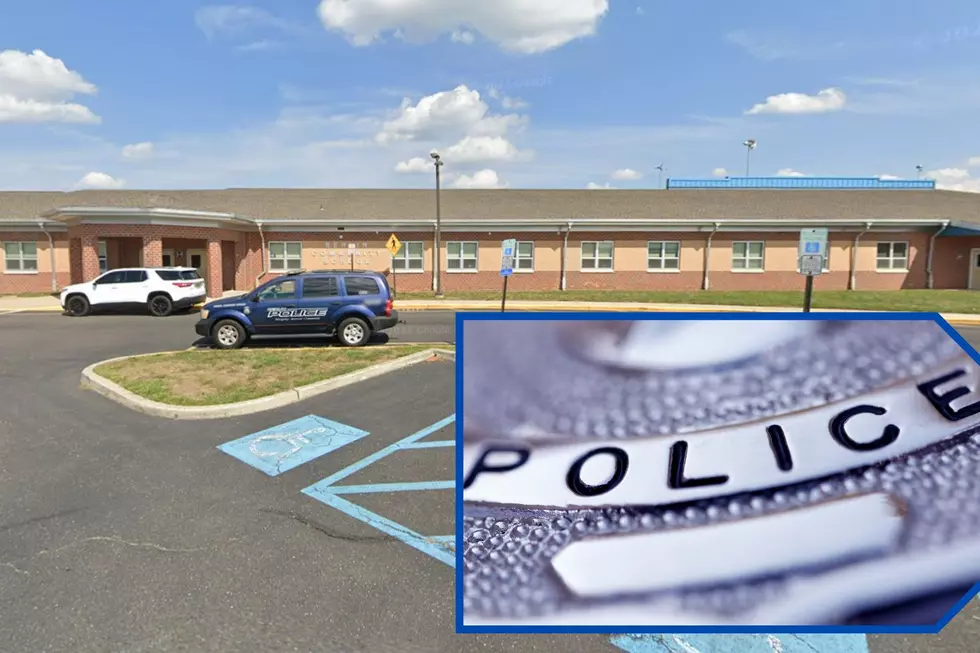
NJ’s crowded communities take on growing outdoor cat population
There could be as many as 2 million stray and feral cats roaming New Jersey's streets, backyards and woods.
While it's no issue seeing a stray cat cross your path every once in a while, the growing population of these free-roaming felines presents real challenges in certain parts of the state.
Many communities have systems in place to get a handle on these populations, and reduce the spread of disease, in a humane way.
"Every single municipality is plagued with a feral cat population," said Ross Licitra, executive director of the Monmouth County Society for the Prevention of Cruelty to Animals. "It is truly one of the number one problems out there with every shelter and rescue group."
The county SPCA promotes the much-used trap-neuter-return program. The cats are captured, spayed or neutered, vaccinated for rabies and other ailments, and then released back into the area where they were trapped, as long as the cat had not been causing issues.
To monitor which cats have already been treated, they are "ear-tipped" under anesthesia before release.
"It has been proven by study after study that the TNR program will greatly reduce feral cat populations over time," Licitra said, noting a neutered cat won't be looking to breed.
With this method, colonies in the wild naturally disappear through attrition, officials say.
Not every cat, though, is fit to be returned into the environment. In those situations, Licitra said, the agency attempts to find a home for the cat.
Of the 2,000-plus cats taken in by the Monmouth County SPCA in 2016, fewer than 70 were euthanized.
In Camden County, freeholders recently introduced a model TNR program for municipalities to adopt.
“Shelters in communities with a large population of outdoor cats that aren't spayed or neutered experience numerous challenges and increased costs associated with their care,” said Freeholder Jeff Nash in a news release. “In areas without this program, there are unfortunately higher euthanasia rates among cats that are unable to be domesticated and adopted.”
The county said it's estimated there are between 1.3 and 2 million stray and feral cats in New Jersey. They represent up to many 20 percent of Camden County's cat population.
The state Department of Health does not endorse or oppose the establishment and management of cat colonies through TNR techniques. According to the department, free-roaming cats are the primary source of cat overpopulation.
More from New Jersey 101.5:
Contact reporter Dino Flammia at dino.flammia@townsquaremedia.com.
More From New Jersey 101.5 FM









